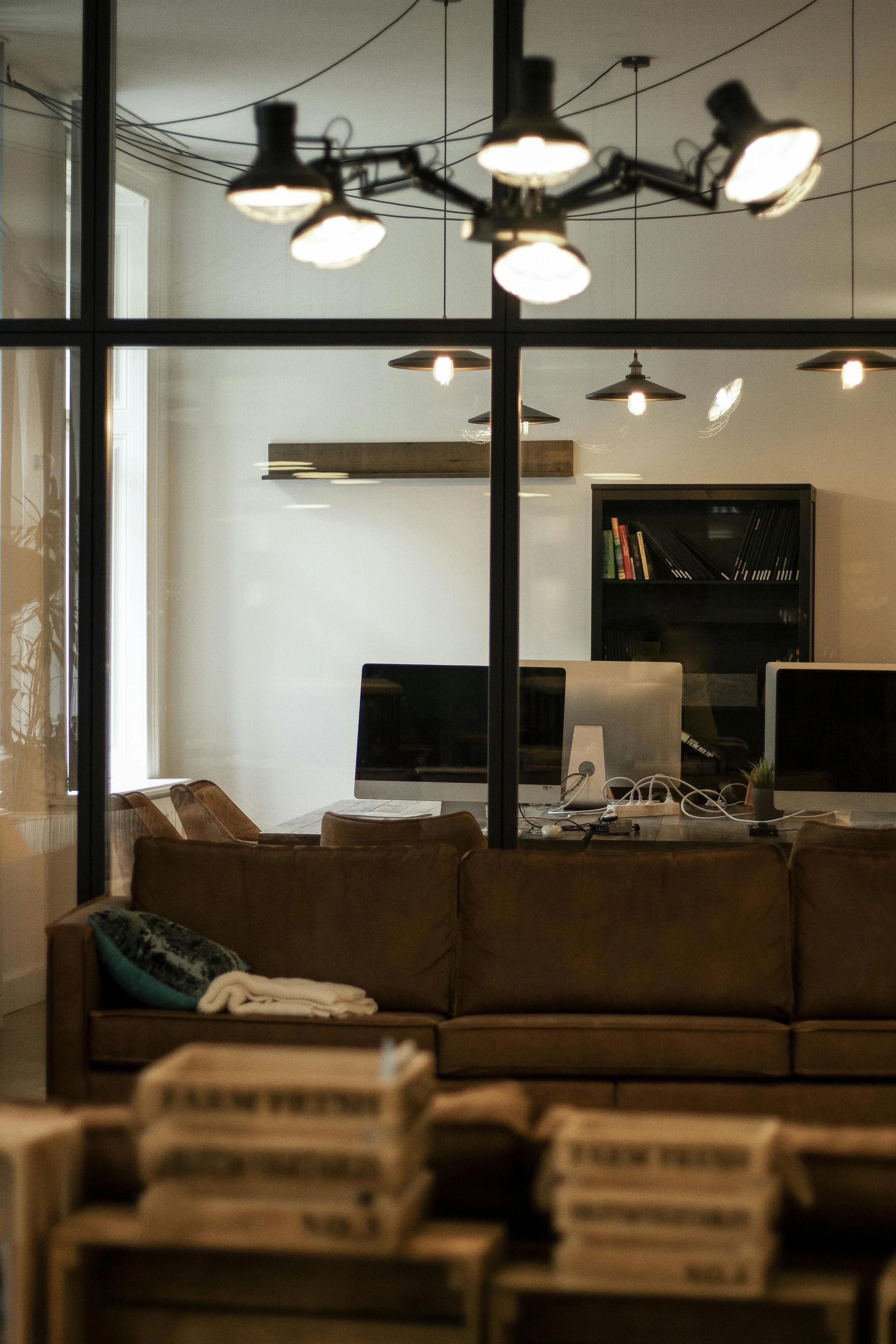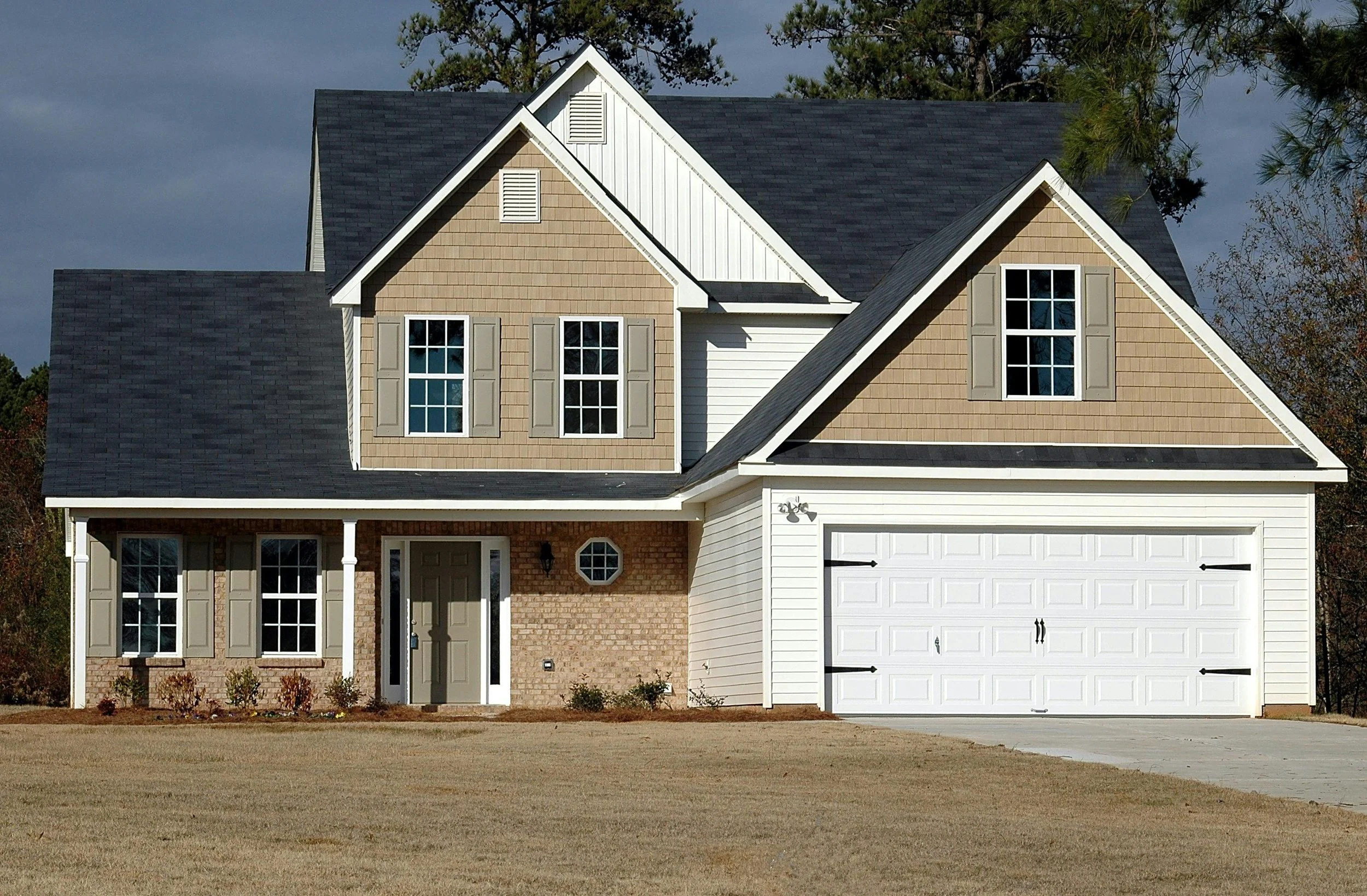Exploring the Role of the Department of Interior Architecture in Modern Design
RH Business Marketing Solutions
Interior architecture, a vital and ever-evolving field, blends the art of design with spatial functionality to create environments that are both aesthetically pleasing and practically useful. This introductory section will delve into the fundamental concepts of interior architecture and highlight its significance in the realm of modern design.
Historical Evolution of Interior Architecture
The journey of interior architecture from its nascent stages to its present form is a fascinating tale of innovation and transformation. We will explore how historical events and cultural shifts have shaped this discipline, with a focus on the pivotal changes that occurred in the 20th century.
The journey of interior architecture is a rich tapestry woven with the threads of history, culture, and technological advancements. Its evolution is not just a story of aesthetic trends but a reflection of societal changes and technological progressions.
The Ancient World: The roots of interior architecture can be traced back to ancient civilizations like Egypt, Greece, and Rome. In these early days, interior design was largely about functionality and the representation of power and religion. Egyptian pharaohs’ tombs, for instance, were elaborately designed to facilitate their journey to the afterlife, while Greek and Roman architecture focused on symmetry, harmony, and proportion.
The Middle Ages: This era saw a shift towards more religiously inspired designs, evident in the Gothic architecture of cathedrals and churches. Interior spaces were designed to evoke a sense of awe and to reflect the grandeur of the divine, with high ceilings, stained glass windows, and detailed ornamentation.
The Renaissance: Marking a rebirth of classical culture, the Renaissance period brought a renewed focus on symmetry, perspective, and proportion. This era saw the rise of famous architects like Brunelleschi and Michelangelo, who blended architecture, art, and engineering to create cohesive interior spaces that celebrated humanism and individuality.
The Baroque and Rococo Periods: Characterized by ornate details, bold colors, and dramatic contrasts, these periods reflected the tastes of the aristocracy in Europe. Interiors were designed to impress, with intricate moldings, lavish furnishings, and elaborate ceiling frescoes.
The 20th Century: This century marked a radical shift with movements like Art Nouveau, Art Deco, Bauhaus, and Modernism. There was a focus on simplicity, functionality, and the use of new materials. Architects like Frank Lloyd Wright and Le Corbusier pioneered designs that integrated the interior with the exterior, emphasizing open spaces and natural light.
The Late 20th and Early 21st Century: The latter part of the 20th century and the early years of the 21st century have seen a diversity of styles and a focus on sustainable design, technology integration, and adaptive reuse. Interior architecture now not only addresses aesthetics but also considers environmental impact, user well-being, and functionality.
The Industrial Revolution: This period brought about significant changes in interior architecture. The availability of new materials like steel, glass, and later, concrete, led to new construction techniques and architectural possibilities. The Arts and Crafts movement emerged as a reaction against industrialization, emphasizing craftsmanship and natural materials.
The Role of the Department of Interior Architecture
Let’s know about the Department of Interior Architecture(실내건축학과). Educational institutions play a crucial role in shaping future interior architects. This section will discuss how these departments provide the necessary training and skills, preparing students for the challenges and opportunities in the field.
As we have explored, this discipline goes beyond mere aesthetics, encompassing a deep understanding of functionality, sustainability, and the ever-evolving technological landscape. Departments dedicated to interior architecture are not just educational institutions; they are breeding grounds for innovation, where budding designers learn to merge creativity with practicality.
The evolution of interior architecture reflects a journey of adapting to cultural, social, and technological changes. Today, it stands at a crossroads of tradition and innovation, continually reinventing itself to meet the demands of the modern world. The importance of sustainable practices and the integration of technology are not just trends but necessities that define contemporary design.
Key Trends in Interior Architecture
Sustainability, technology, and cultural influences are driving the current trends in interior architecture. We'll examine how these factors are integrated into contemporary design practices, influencing both residential and commercial spaces.
Challenges and Opportunities
The field of interior architecture is not without its challenges. This segment will address how professionals in the field are navigating the balance between aesthetic appeal and practical functionality, while adapting to the rapid advancements in technology.
Case Studies: Successful Projects
Real-world examples of successful interior architecture projects in both residential and commercial settings will be highlighted here, showcasing the practical application of the principles discussed earlier in the article.
The Future of Interior Architecture
What does the future hold for interior architecture? This concluding segment will offer insights into emerging trends and concepts that are expected to shape the discipline in the years to come.
Conclusion
A final overview of the key points discussed in the article, emphasizing the pivotal role of the Department of Interior Architecture in shaping the future of modern design.












